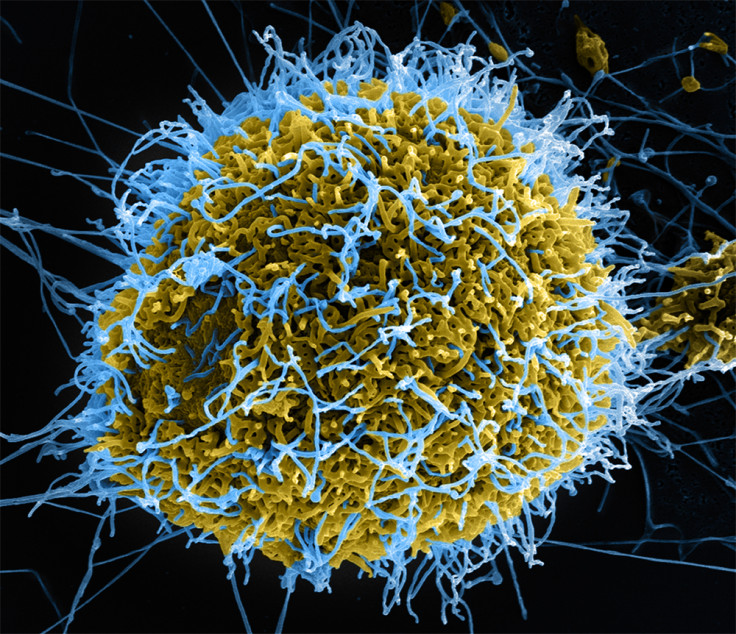Ebola Virus 'A Million Years Old And Has Interacted With Mammals For A Long Time'

The Ebola virus is at least 16-23 million years old and has been interacting with mammals over a very long time, according to research conducted on the evolution on filoviruses.
Filoviruses, believed to have originated around 10,000 years ago with the rise of agriculture, were probably around when the great apes first walked the planet, says the study conducted by Buffalo University scientists.
They probably existed in the Miocene Epoch, when the evolutionary lines leading to Ebola and Marburg had already diverged.
"Filoviruses are far more ancient than previously thought," says lead researcher Derek Taylor, PhD, a University at Buffalo professor of biological sciences. "These things have been interacting with mammals for a long time, several million years."
The team that studies viral "fossil genes" or genes acquired by organisms infected by the virus found filovirus-like genes in many rodents.
Finding them in the same spot on the genome of four different rodent species led the team to conclude that the genes were acquired before the Miocene era when they evolved into distinct species.
It also meant the filovirus was as old as 16-23 million years. Resembling the Ebola virus more than the Marburg virus told the scientists that the two viruses had begun to diverge back then.
The team believes that knowing the history of the virus can help in designing suitable vaccine.
An international team has looked at the virus genome to understand its origin and transmission but has stopped short of tracing it back to the 1976 strain.
The research was published in the journal PeerJ in September.
© Copyright IBTimes 2025. All rights reserved.





















